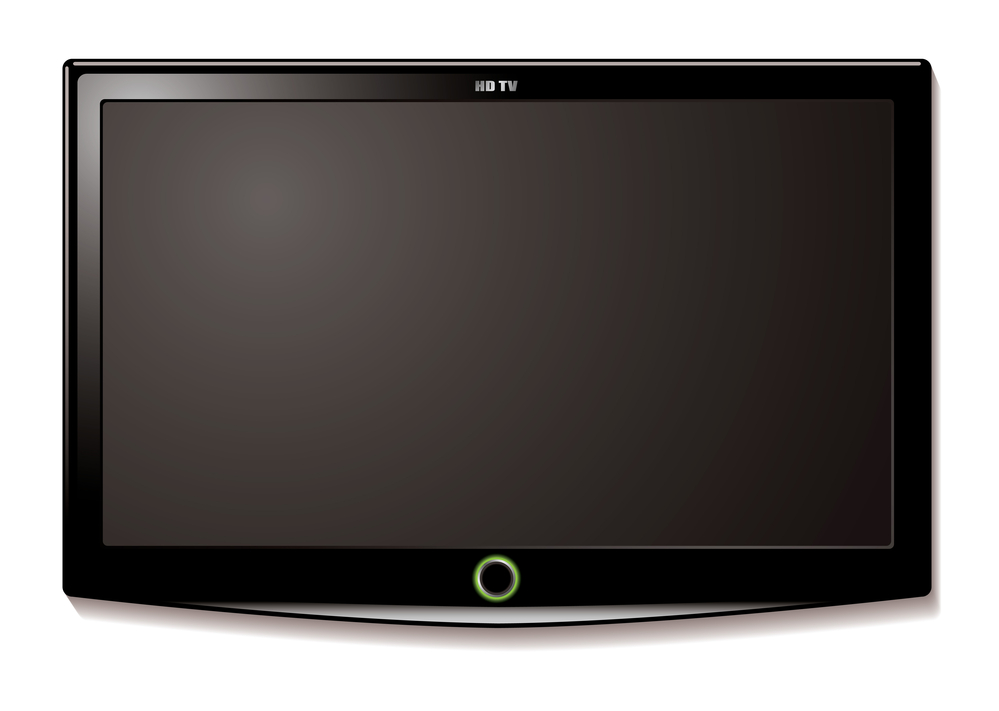What Is the Difference Between Connected TV and OTT?
January 13, 2022
Streaming services have taken over the entertainment market in recent years. As more customers cut ties with their cable companies and rely solely on the internet for their favorite shows, movies, and more, new platforms continue to appear. Content creators have to make harder decisions about where to invest their time and energy. Two terms in particular cause a lot of confusion: OTT and Connected TV (CTV). Let's compare OTT vs CTV and see the best approach.
OTT vs CTV: Terms Explained
OTT means “Over the Top.” An over-the-top platform is one that allows you to publish content on top of an existing network, essentially creating your own platform within a platform. YouTube was one of the first OTT platforms. Channels publish content on top of YouTube's platform using its infrastructure and branding to reach a wider audience. Other popular OTT platforms today include Roku, Samsung's Smart TV, and Amazon FireTV to name a few.
CTV, on the other hand, refers to TVs with connectivity features. Most TVs sold today are CTVs as they have Wi-Fi functionality and can therefore stream content from the internet. CTV has actually been around longer than OTT as early models of CTVs allowed users to stream media stored on their computers before online platforms and better broadband connectivity became commonplace. If you're a content creator, how should you approach these two concepts?
Where to Focus Your Content Marketing
Lost in the OTT vs CTV debate is that the two technologies are not mutually exclusive. In fact, most CTVs today use their connectivity to provide access to OTT platforms. Conversely, OTT platforms like Roku and Amazon FireTV sell physical devices that turn any TV into a CTV. There are some platforms and channels that are specific to certain CTV manufacturers, however. Ultimately, OTT platforms are the best place to publish your content since most CTVs support OTT platforms.
For example, many TV manufacturers, including Hisense and JVC, now include Roku OS from the factory. Toshiba and Insignia produce TVs with Amazon FireTV built-in. Even Amazon themselves produces TV units featuring their own brand of OTT. Samsung's Smart TV platform works in much the same way. Rather than try to publish your content with specific TVs in mind, aim to get your content on as many OTT platforms as possible. That is easier said than done, however.
Attack From All Angles
You cannot expect to compete with other content creators if you limit yourself to a single platform. Using multiple platforms for viewing content is becoming far more common, so creators have to do the same. However, that means encoding your videos and reuploading them to different platforms, adding metadata, thumbnails, and descriptions. It's a lot of work. By using a Content Delivery Network (CDN), you can upload once and publish everywhere.
The Lightcast Media Cloud uses a CDN to simplify uploading to multiple platforms. Request a callback from Lightcast or send us an email to learn more about how we can help you appear on every screen.














